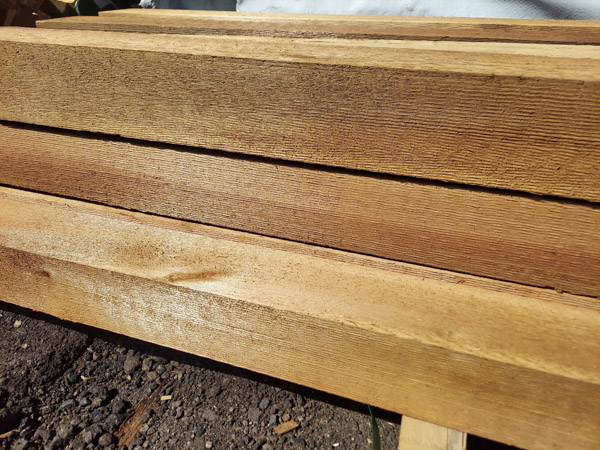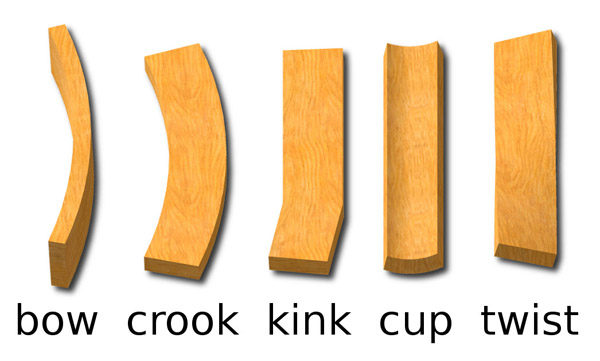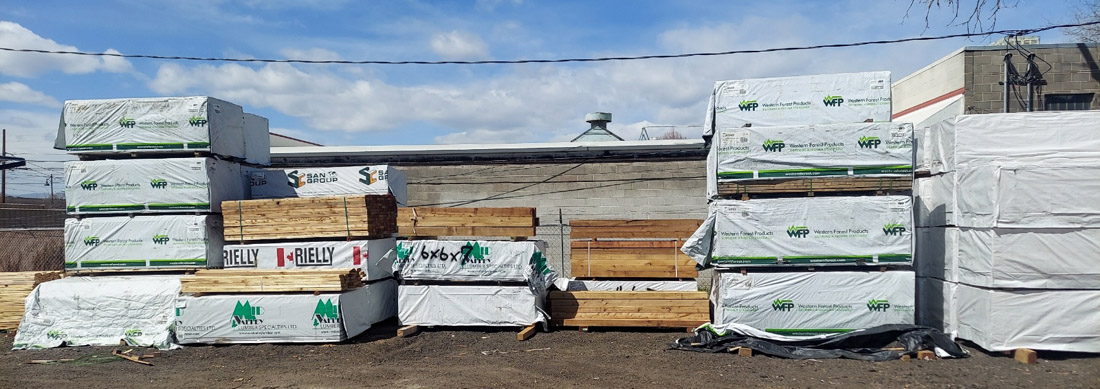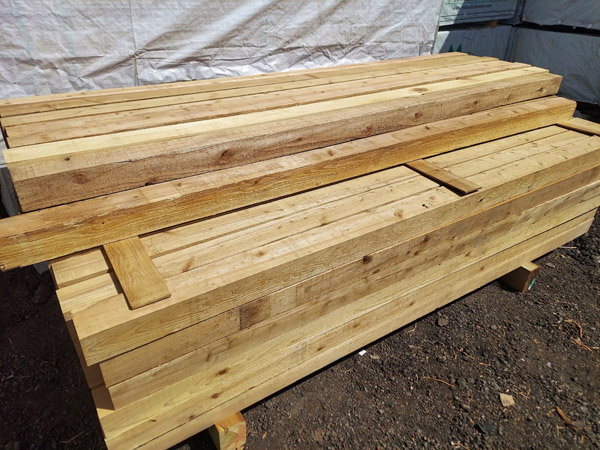The last thing a homeowner wants to see after paying for a new fence is warped pieces of wood on what should be a nice, straight, and aesthetically pleasing perimeter. Along the same lines, a wood fence that’s full of knots, cracks, and holes from knots, looks inconsistent and of lower quality. These two issues result from base quality lumber, called “Standard” lumber, and from lumber that has not been properly dried out prior to construction.
Types of Wood for Fencing
There are four types of cedar wood that are typically used for fencing:
- Western Red Cedar from Canada
- Incense Cedar from Oregon
- Japanese Cedar
- Alaska Cedar, or Yellow Cedar
Cedar is one of the thickest types of wood, which helps it to not warp and is therefore a good choice for fences. When it comes to choosing a cedar, there are several reasons why Integrity Fencing only uses Western Red Cedar for our fence pickets.
Western Red Cedar is a good choice for the Colorado climate as it comes from Canada, a similar dry climate. This cedar stands the test of time and can last up to 40 years.
Incense Cedar typically comes too wet and is not a good choice due to the potential for warping. Japanese Cedar has a redder look that is nice, but since it grows in a wetter climate than Colorado, cracks can appear as it dries out, requiring frequent replacements. Lastly, Alaska Cedar tends to crack in a strange way, looking similar to plastic.

Why and How Wood Warps
Wood fibers inside a tree trunk act like straws. When the tree is alive, the fibers are sucking up the water, and when the tree is cut, there is still water inside the fibers. The water slowly evaporates out, and the fibers contract inside the wood, but not evenly.
As the water evaporates out, several things can happen to the wood. It can bow, kink, twist, cup, or develop a curved edge called a crook. Most often, wood planks tend to cup. This can happen in even just a few hours.

The way to avoid this happening to the wood once it’s in place on a fence, is to allow it to naturally acclimate to the climate before construction. In other words: it needs to dry out and lay flat.
Integrity Fencing has our own lumber yard at which we rotate inventory and ensure the wood is dry before using it on a fence project. Unlike when lumber is bought right from a big box store, the wood in our yard has had a chance to dry out and we hand select the pieces that are ready.

Standard Lumber vs. Higher Quality Lumber for Fencing
Remember earlier when we talked about fences with lots of knots? This is where lumber quality comes into play. There are three types of lumber ratings:
- “Standard”
- “Standard and Better”
- “Appearance Grade”
“Standard” lumber is the base quality lumber, and you will see many knots, holes from where knots have fallen out, cracks on the ends, and the piece may not be straight. “Standard and Better” is higher quality lumber that’s straighter, has less than 10% of blemishes in it such as knots, and the ends do not have cracks. It’s a mix of quality pieces of wood that meet the “Standard and Better” criteria. The highest quality wood is called “Appearance Grade” and that is typically used for cabinetry projects by most contractors. However, sometimes “Appearance Grade” wood is mixed into “Standard and Better” wood.
Integrity Fencing only uses “Appearance Grade” quality lumber for our fences, ensuring a nice-looking and sturdy fence for many years.

Quality Lumber for Fencing is Worth the Wait for Your Wallet’s Sake
In summary, quality lumber that not only looks nice but has also been allowed the time to properly dry out, is the best choice for your fence. If you cut corners and go with standard lumber that’s still wet when the fence is constructed, you will only end up replacing fence pickets and posts in the coming years.
If you are interested in cedar fence installation, contact us to receive a free estimate.
